News
Teachers and students of Silk Road School visit Luzhi Ancient Town in Suzhou
On June 6, the Silk Road School organized a cultural visit for teachers and students to the ancient town of Luzhi in Suzhou. This cultural visit aimed to provide students from Russia, Rwanda and other countries and regions a deeply understanding of the ancient town customs in the south of the Yangtze River.
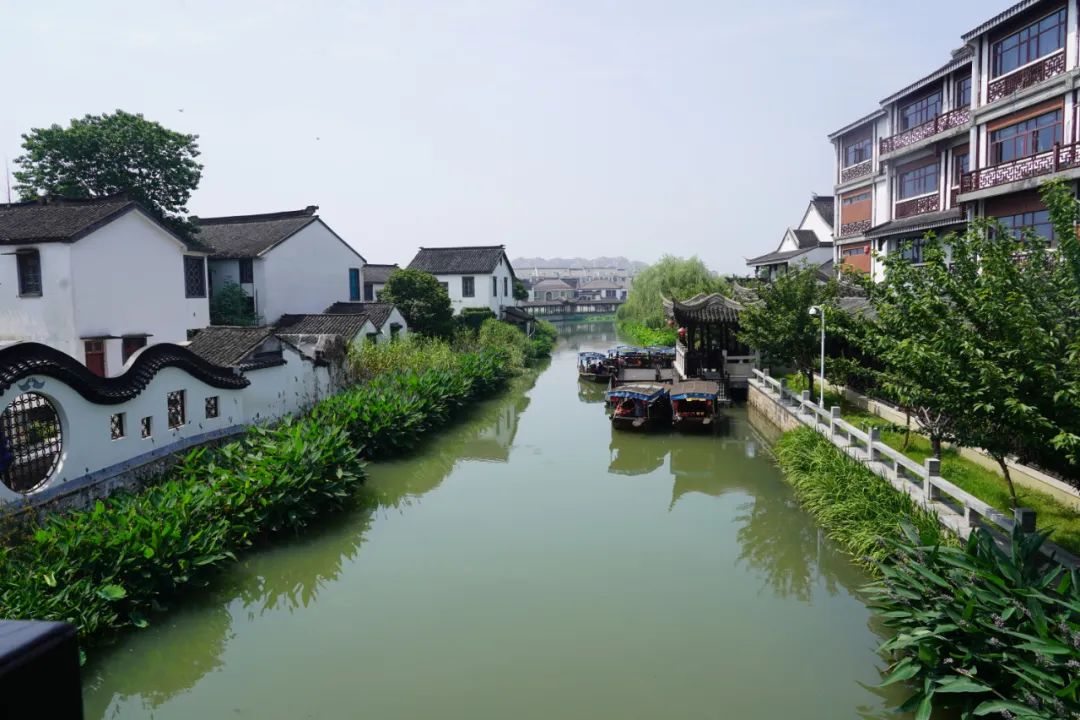
Luzhi is a famous and historic water town located in the southeast side of Suzhou, Jiangsu Province.With almost 2500 years of history, it still maintains its simple and mellow style.The Town has been awarded the great title of ‘the No.1 water town in Shenzhou'.Luzhi ancient town has successively won titles such as China's famous historical and cultural town, national 4A tourist scenic spot, national beautiful environment Town, 1st township in China to pass the ISO 14001 environmental management system certification, national characteristic landscape tourism town, top 100 towns in Jiangsu Province, export-oriented economic star town, Jiangsu healthy town, etc.
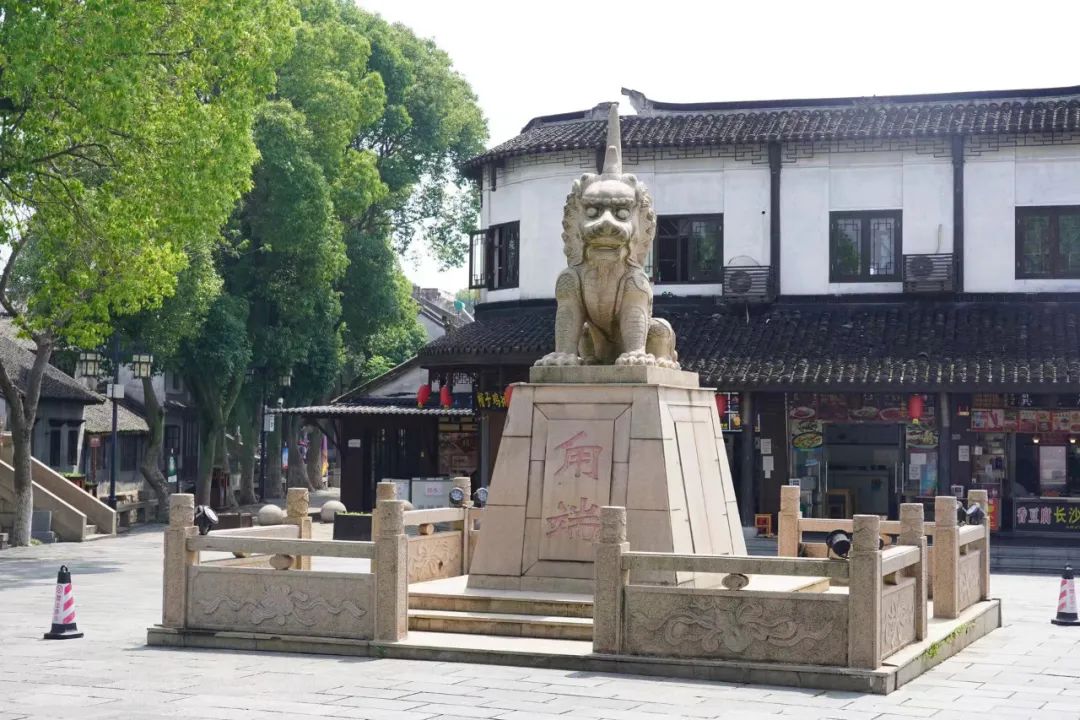
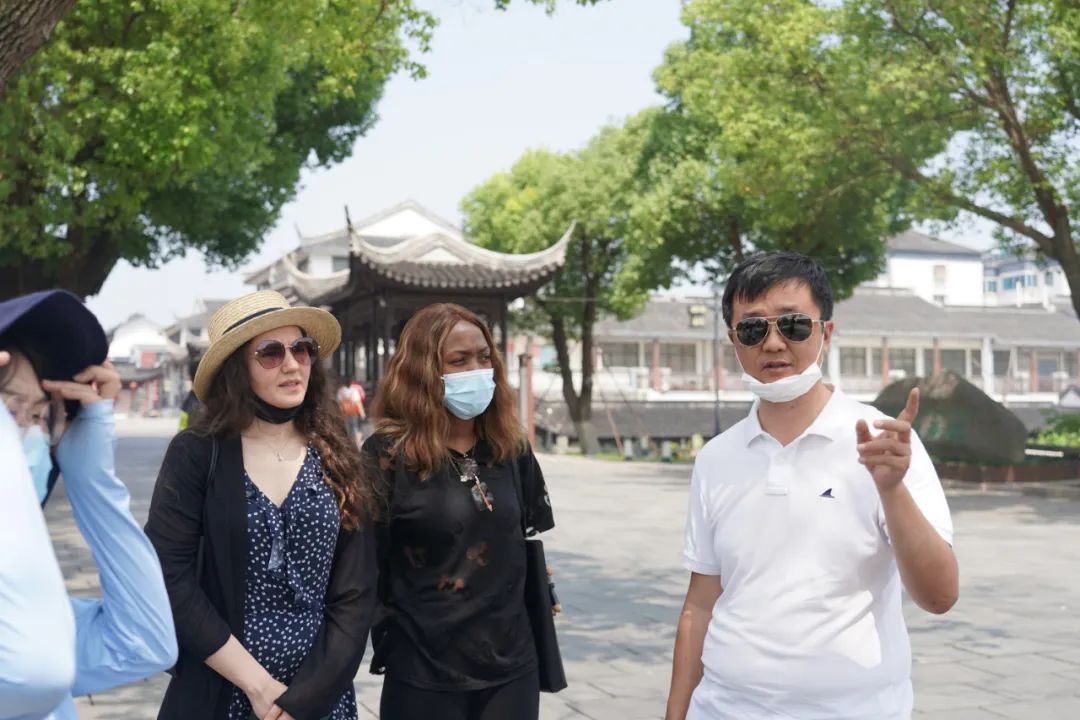
A walk in the ancient town Luzhi is like excavating and endless treasure. The teachers and students first came to Luduan Square to understand about Luduan’s folklore, and the lovely significance behind the town symbol at the square’s center. Luduan is a kind of mythical animal in the myth and legend of the Han ethnicity. It is believed that Ludan can travel eighteen thousand miles per day, hold proficiency in four languages, and only accompanied by the emperor of the Ming dynasty, specifically to convey letters and protect the emperor. As the symbol of the town,Luduan is a fantastic idea that combines history, humanities, folklore, and tales. It is also a symbol of the spirit of contemporary Luzhi people to keep pace with the times, continue innovating, and benefit the people.
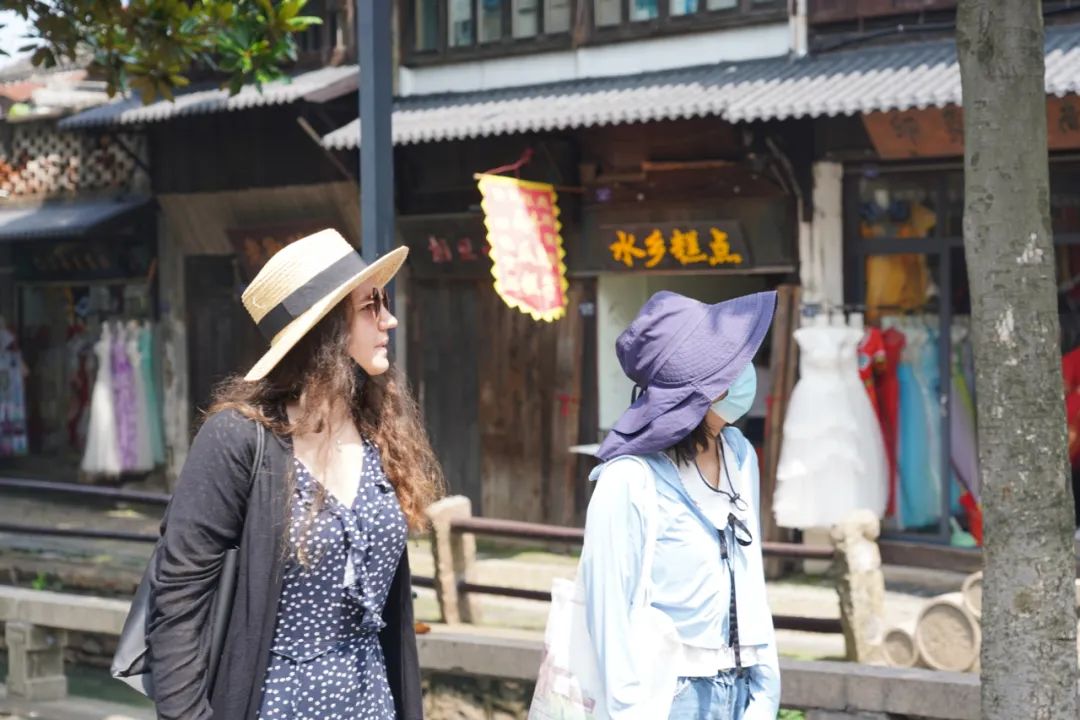
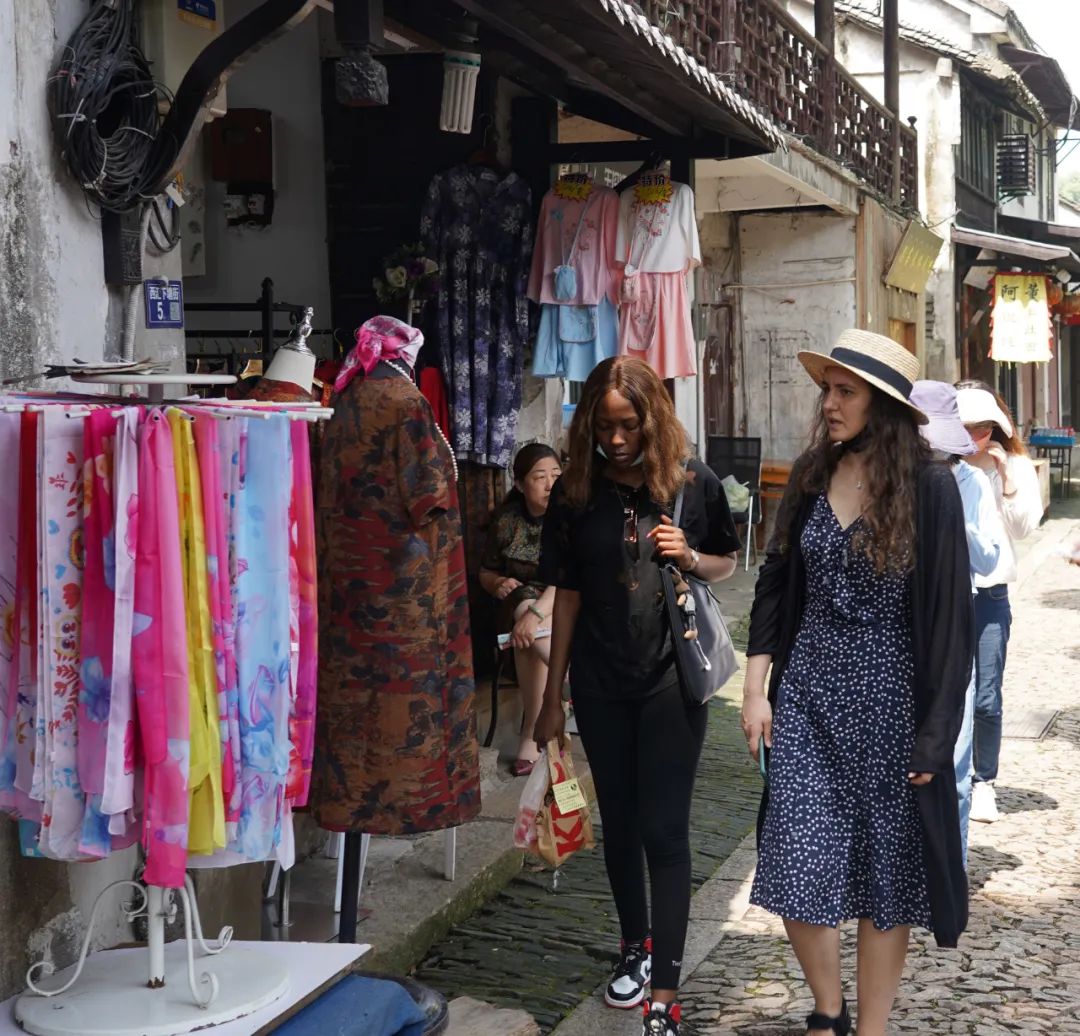
Antique streets, traditional structures, and ancient folk customs are the most defining aspects of Luzhi Ancient Town.The ancient town consists of 10 main streets, 69 ancient lanes, and numerous well-preserved houses and buildings built in Ming and Qing Dynasties. Among those houses, the wealthy merchants’ mansions such as Xiao House, Zhao House, and Shen House, demonstrate delicate building styles and elaborate carvings. The streets in the town are all paved with cobble and granite. The houses are built beside the river, and the streets run in front of the houses. The international students strolled through the ancient town and enjoyed the scenery of the town.
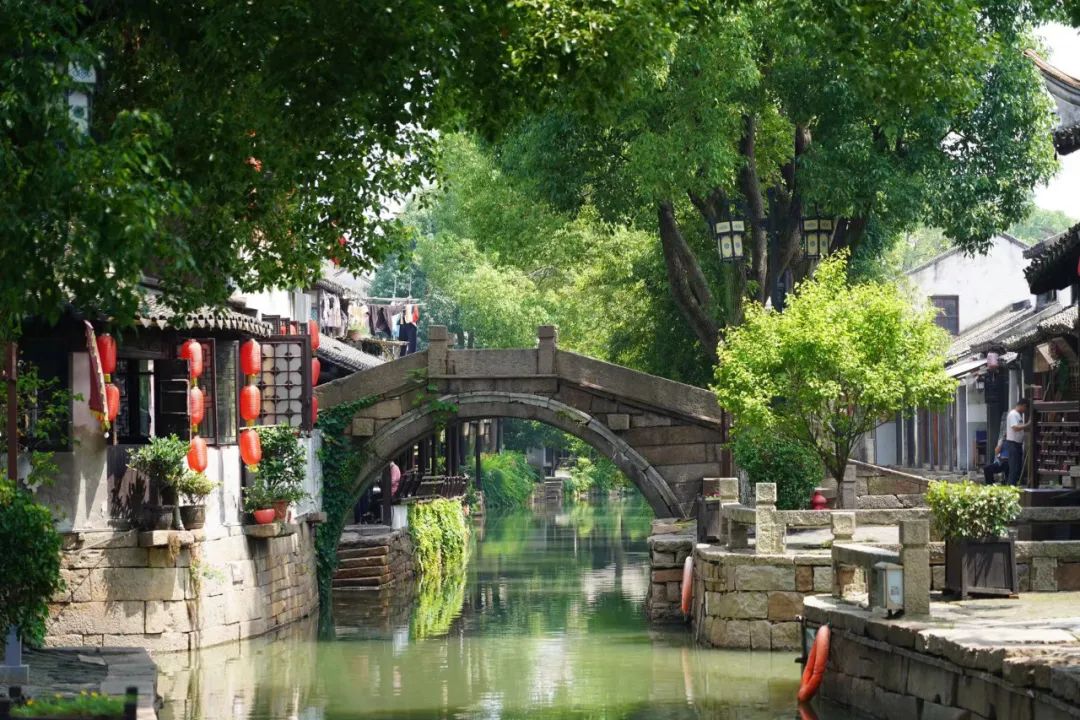
The abundance of bridges is another characteristic of Luzhi Ancient Town. Luzhi has been reputed as “Hometown of Bridges” since the ancient time. In the historic town area of one square kilometer, there were 72 bridges built during the Song, Yuan, Ming and Qing dynasties, 41 of which still exist and are of various shapes and antiques. There are porous and large stone bridges, single-hole and small stone bridges, spacious arched bridges, narrow flat-top bridges, as well as highly decorative double bridges, sister bridges adjacent to the left and right, and flat bridges. The density of Luzhi bridges has surpassed that of Venice in Italy. The visiting international students expressed that visiting Luzhi is like being in a museum of ancient Chinese bridges.
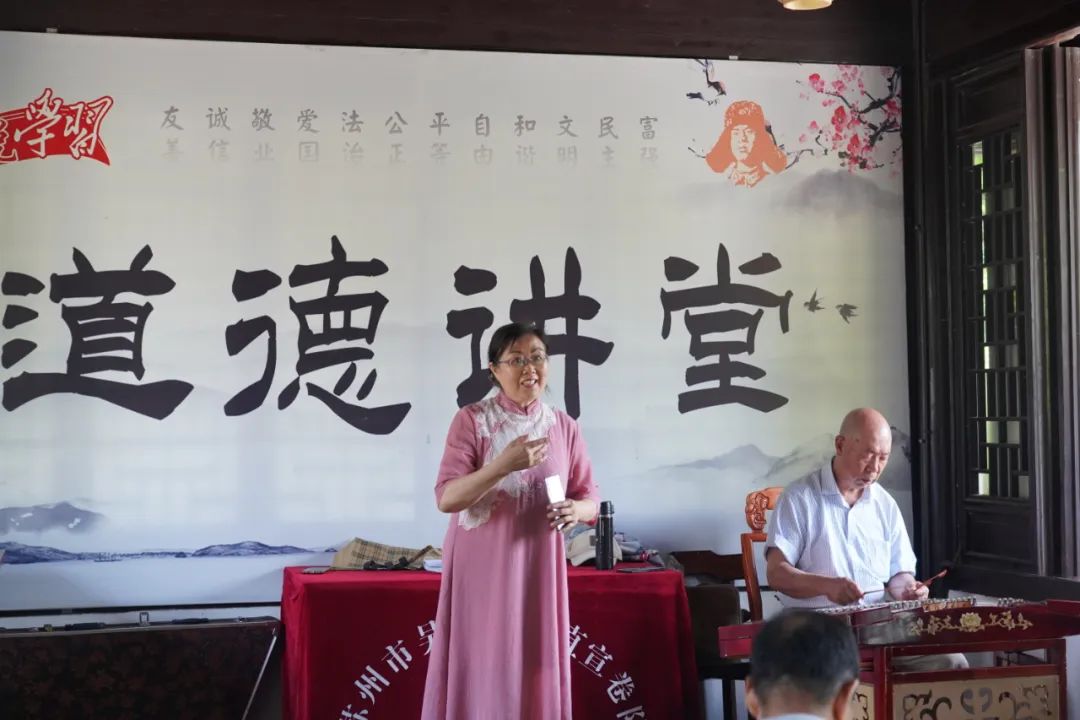
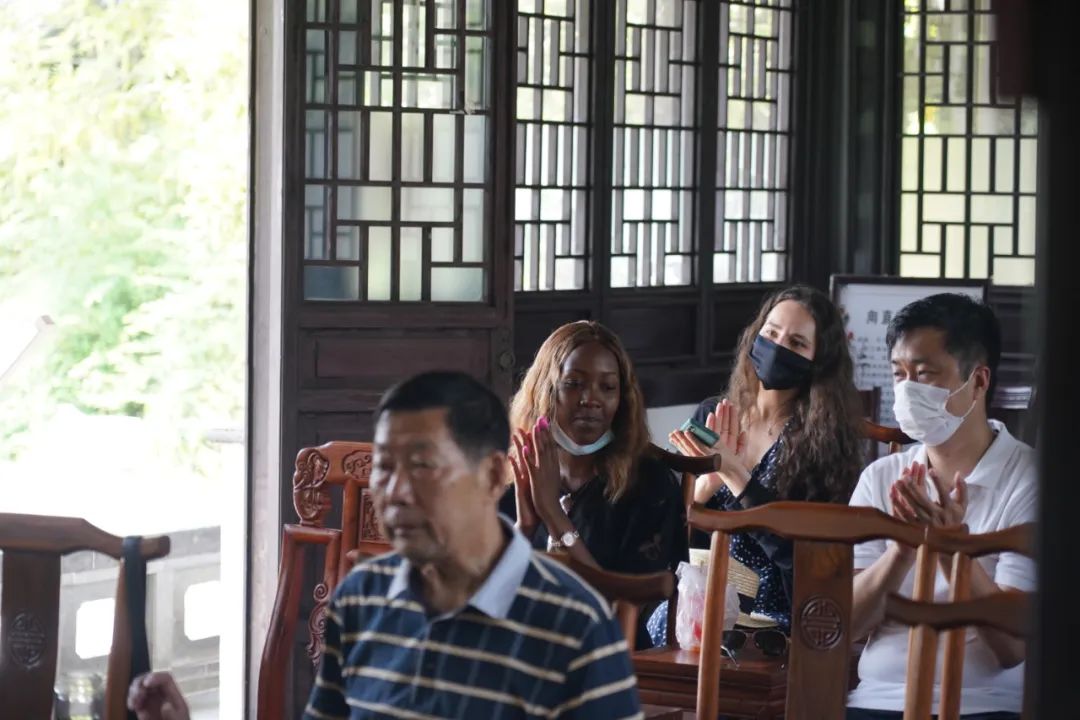
In the Xuanjuan Hall of Jiangnan Cultural Park, the international students enjoyed a performance of Xuanjuan up close. Xuanjuan is an intangible cultural heritage of Suzhou City and one of the unique cultural brands of Luzhi Ancient Town. It is a traditional form of Buddhist storytelling with roots in the Tang and Song dynasties. It uses easy-to-understand stories to promote the concept of karma in Buddhism, persuade people to accumulate virtue and do good deeds, and is deeply loved by the masses.During this visit, the teachers and students took a short break in the LuzhiXuanjuan Hall and listened to a performance of Xuanjuan with rich plots and vivid emotions. The unique style of Jiangnan moved the international students.
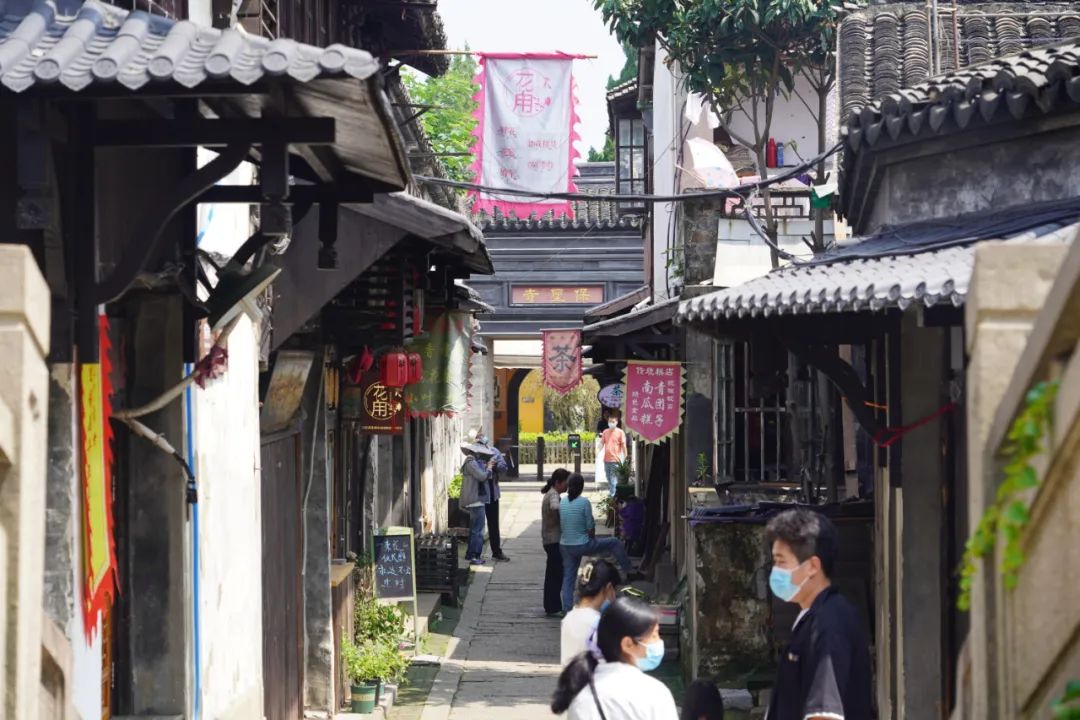
Small bridges and flowing waters, white walls and dark grey roof tiles match one another black Wupeng boat.Luzhi, which sprung up in the Spring and Autumn Period, extended in the Han Dynasty, prospered in the Wei and Jin Dynasties, and flourished in the Ming and Qing Dynasties, condenses the cultural heritage of 2,500 years. The simple, quiet and elegant environment stretches on countless historical relics and civilizations.
This trip to Luzhi ancient town allows students to understand the unique cultural atmosphere and local customs of Jiangnan water town while feeling the beauty and charm of water town.At the end of the visit, the international students lingered around, letting their thoughts drift along the small bridges and flowing water through the alleys and ancient houses, gradually drifting away.
Translated by Law Wen Xuan
Edited by Aneka Rebecca Rajbhandari

